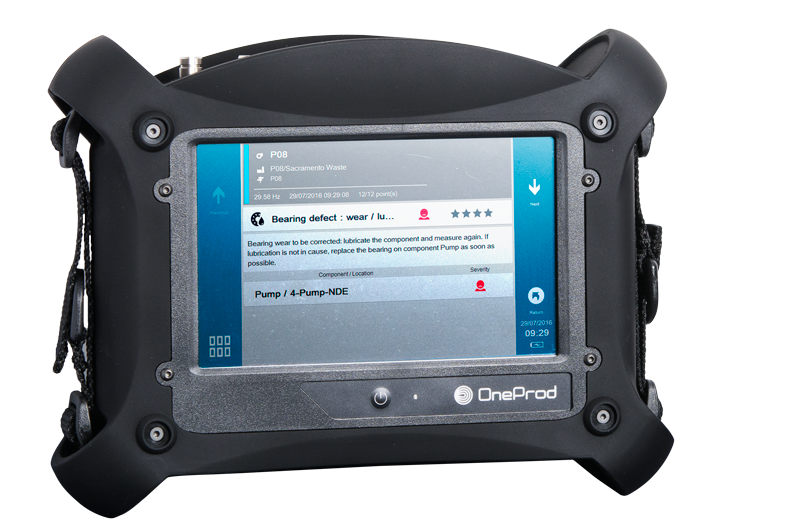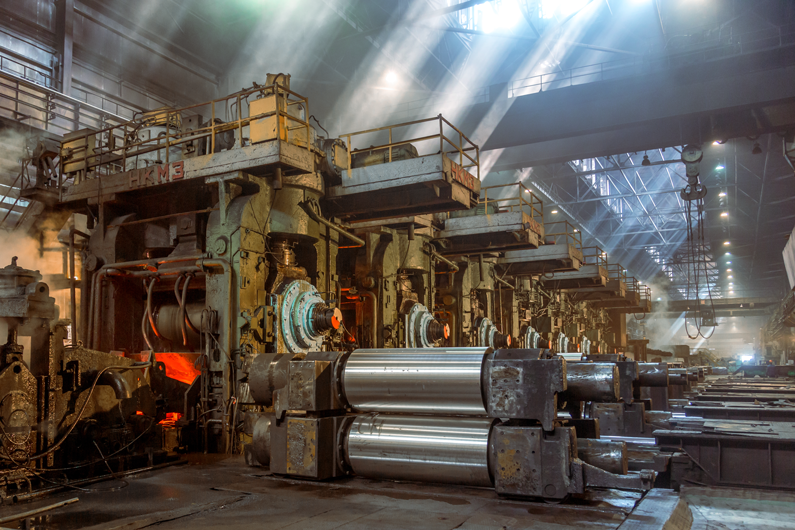Integrating the Next Generation of Vibration Analysis into
Condition Monitoring Strategies
.
[Reduce environmental impact]
Making maintenance smarter, sustainable with vibration analysis
With the current situation of high demand of sustainable manufacturing, clear expectations for more environmental manufacturing and at the same time minimizing the operational costs are jointly needed. Predictive maintenance plays a key role in the path towards sustainable manufacturing : reduce energy and materials consumption, maintenance resources in terms of spare parts, and optimization of equipment lifecycle.
For over thirty years, vibration analysis has been the main technique used to monitor rotating machines in industrial processes. This non-intrusive method enables data to be collected rapidly while identifying potential failure risks and causes. The advent of Industry 4.0 has had a profound effect on these practices and industry has been quick to embrace the concept and incorporate Industry 4.0 principles into condition monitoring strategy development. Why switch to vibration analysis 4.0 and what are the benefits?
[Challenge] Increase the level of monitoring and reliability with existing resources
In our opinion, this is a key advantage of vibration analysis 4.0. The incorporation of smart solutions like intelligent wireless sensors and automatic data analysis coupled with web interfaces allows monitoring teams that aren’t experts in analysis techniques, to integrate more machines into their condition-monitoring program and to intervene when appropriate. The simple dashboard helps monitoring staff optimise their work and streamlines the assessment and intervention process.
This benefit isn’t confined to online monitoring as ‘offline’ vibration analysis systems often follow entire machinery systems. However online solutions offer real opportunities to improve the reliability of monitoring complex machines by using more data and processing it more intelligently. Although it may never totally replace the human element, artificial intelligence-based solutions that monitor processes will become increasingly more automated in the future.


[Solution]
Acquire accurate data and use that data more easily
Acquire accurate data and use that data more easily
These are two critical requirements of condition monitoring 4.0. Today, the solutions offered on the market (wired and wireless) are capable of transmitting all types of data semi-continuously. But for the forecasts to be relevant, it is imperative to choose the right indicators and feed them correctly. This is the main difficulty with vibration analysis, as it is more complex to decrypt a vibration spectrum than a temperature curve.
Once you have the indicators, the challenge is to access them as simply as possible, therefore having open standards is essential to allow the monitoring software to interface with multiple systems and terminals. Ergonomics are also essential to facilitate use. These new tools must be perfectly intuitive and we are currently at this point with 4.0 solutions.
[Results] Validate the system’s cost effectiveness
What return on investment can you expect from a condition monitoring system 4.0? This is a key concern to industry decision makers and a recurring question from everyone we meet. Unfortunately, there is no definitive answer. From our observations, the cost benefit of an ‘online’ vibration monitoring system can be realised extremely quickly. In critical processes, the smallest failure can be tremendously costly. When a steel mill or paper machine stops functioning, the losses generated can be €10,000-€20,000 per hour. If a next generation condition monitoring system can save the business from shutting down for several hours to replace bearings, the initial investment will have already paid for itself. For a deep-drawing press in the automotive industry, an unexpected failure can, in extreme cases, lead to the delocalisation of the production line for several months, until the defective component has been repaired.
For equipment of this magnitude, going through a proof of concept process is a good way to validate the cost effectiveness of a new condition monitoring system before rolling it out on a large scale. This is the approach that wind farm operators adopted several years ago. The results were so conclusive that vibration sensors are now often installed at the project’s inception.
With condition monitoring 4.0, it is important to note that the cost savings will far outweigh the maintenance and machine costs. An analysis of cost efficiency can also be extended to the energy saved, the increased quality of production and even the improved safety of equipment operators. Ultimately, 4.0 solutions can increase the overall cost-effectiveness of condition monitoring and help raise levels of profitability across industries.


